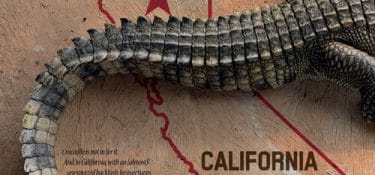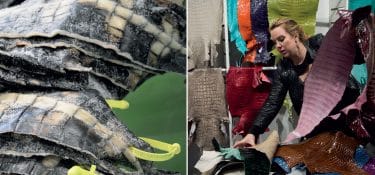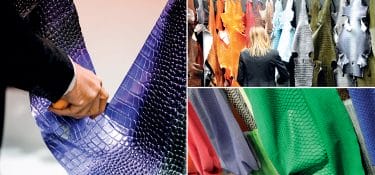2018 was an odd year for international commerce practices. A year, most of all, characterized by the constant back-and-forth between the United States and China, busy with a trade war that wastes no time in scaring the world, and moreover, shaking up the precarious commercial equilibriums currently existing within countries. A year in which, with regards to raw material for the tanning industry, the circumstances caused temptations, second thoughts, and dramatic realizations. We choose three examples, that seem significant and important to understand how protectionism, which continues to take away 50% of all semi-finished and finished material from the free market, can become often non-useful, and often troublesome. In Brazil, the government finally removed the 9% duty on wet blue and salted leather exports, respectively 18 and 26 years after it was first implemented. In Argentina the game is afoot: the government pledges to cut in half the 10% duty, and that it will eliminate it in 2020, but there is no connection between words and actions at customs. Meanwhile, in Tanzania, the government taxes raw material exports to favour local tanneries, but those same tanneries don’t have the equipment to process it. The result: Chinese capital will pour in, not to modernize what is already there, but rather to build it from scratch.
SEE THE MAP ON THE ONLINE EDITION OF LA CONCERIA
TRENDING









